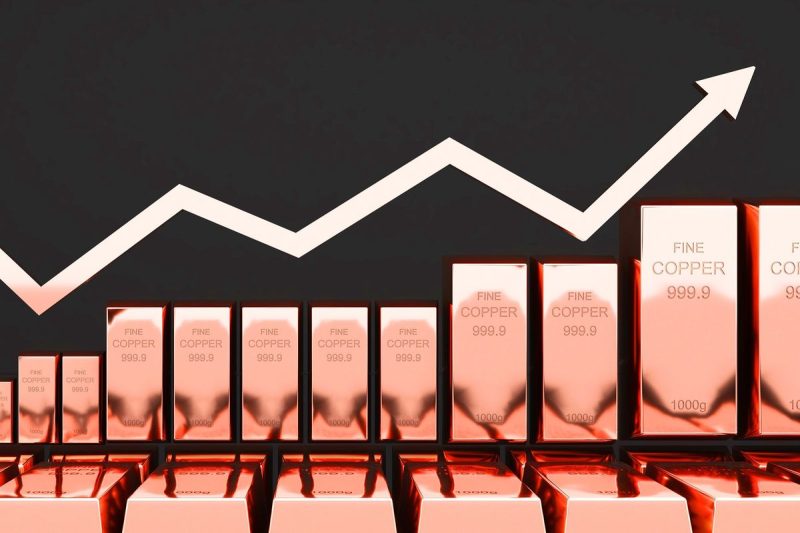As an indispensable material in industries ranging from construction to electronics, the value of copper is determined by supply, demand, and a multitude of economic factors on a global scale. Predicting its cost flunctuation invovles assessing these contributing elements and their continual evolution.
The first key factor to consider is supply. The availability of copper is regulated by origin countries such as Chile and Peru, who collectively contribute to nearly 40% of the world’s copper mining. Other significant contributors include Australia, Russia, and the United States. Constraints on mining activities due to environmental considerations, policy changes, or labor strikes could potentially lead to supply disruptions, and subsequently, an increase in copper prices. Furthermore, unexpected situations such as natural disasters or political instability could also disrupt mining activities and influence the price trajectory.
Secondly, demand also plays a crucial role in predicting copper price trends. Copper’s widespread usage, from electrical wiring to coins, means that demand is always relatively robust. Rapid industrialization, especially in developing countries, is a massive contributor to copper demand. For instance, the rapid growth of China’s economy over the past few decades has seen the country become the largest consumer of copper worldwide, accounting for about half of global demand. Predictions for ongoing or increased industrial activity would suggest a potential increase in copper prices.
The growth of certain industries could also drive up the price of copper. Technological advancements such as the growth of electric vehicles (EVs), renewable energy, and high-tech electronics, which rely heavily on copper, could increase demand. Furthermore, government policies supporting renewable energy and EVs could further stimulate this demand, causing copper prices to rise.
Copper prices are also frequently influenced by overarching economic trends and events. Generally, during times of economic prosperity, copper demand tends to increase due to heightened production and construction activities, leading to a potential rise in price. Conversely, during economic downturns, copper prices tend to fall due to decreased demand. Significant economic events such as trade wars, political instability, or a global pandemic could also negatively impact the economy and thereby influence copper prices.
Moreover, market speculation can also dramatically impact copper prices. Investor sentiment, driven by a variety of factors including geopolitical events, economic indicators, and overall market conditions, can often influence their buying or selling behavior. A bullish sentiment towards copper could increase demand and drive up prices.
Additionally, currency fluctuations, especially those involving the U.S. dollar, can influence copper prices. This is because copper and other commodities are priced in U.S. dollars, and therefore, any significant change in the value of the dollar could affect copper prices. If the dollar weakens, it could make copper cheaper for buyers using other currencies, which could increase demand and therefore, the price of copper.
Overall while it is challenging to pin down precisely when copper prices will rise, monitoring these various factors can give a strong indication as to likely trends. A combination of limited supply, increased demand brought on by industrial growth and technological advancements, a strong economy, bullish market sentiment, and a weakening U.S. dollar could all point towards an increase in copper prices. However, it is essential to remember that these are not guaranteed predictors and actual trends may differ due to the myriad of factors at play in the global economy.
